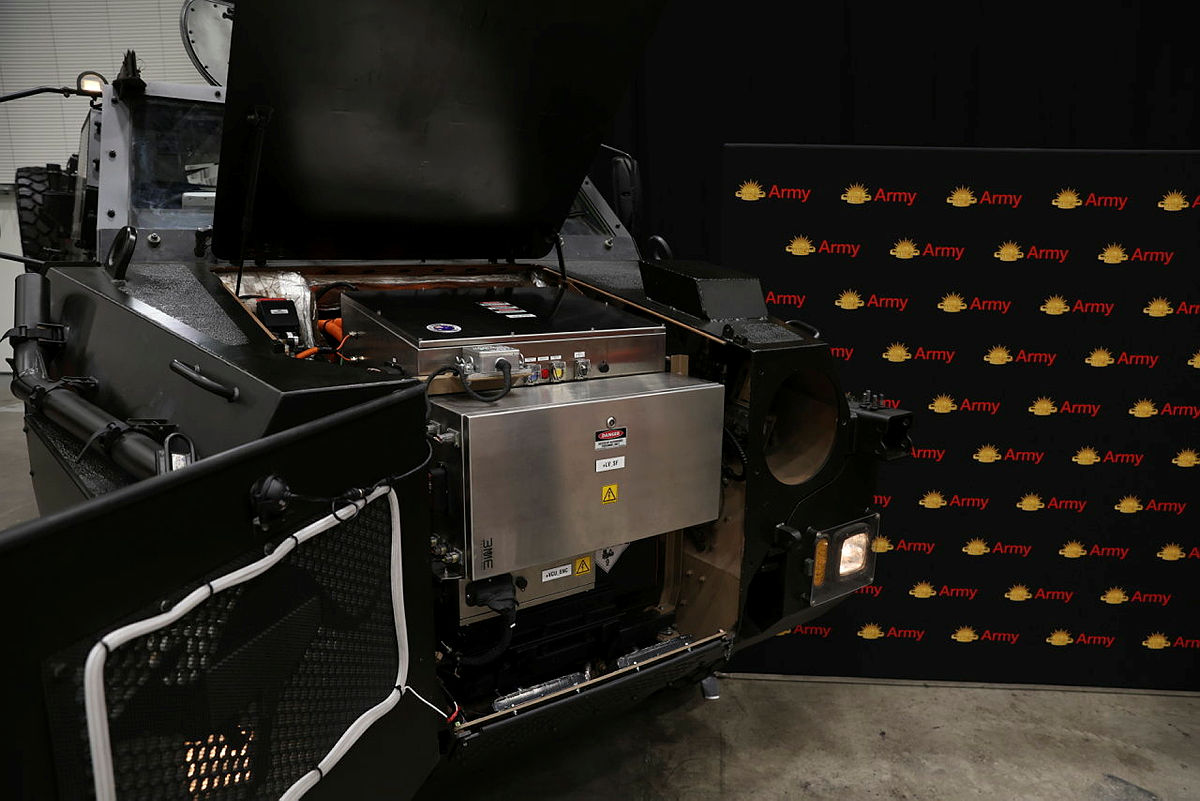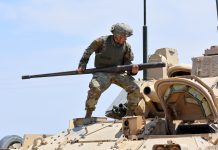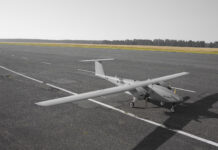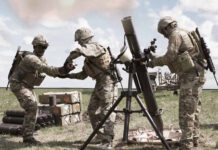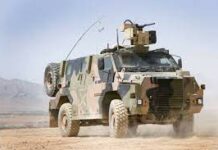On 10 August, the Australian Defence Force unveiled an electrically-powered prototype of the BUSHMASTER wheeled protected vehicle at the Australian Chief of Army Symposium (CAS). The conventionally-powered version of the vehicle had recently attracted attention as the Australian government handed over 60 to the Ukrainian armed forces.
The BUSHMASTER vehicle is currently produced in 12 different versions by Thales Australia, based in Bendigo, Australia. Aside from Australia, the Netherlands is the largest user of the all-terrain and air-portable vehicle, which can be optionally equipped with protection up to STANAG 4569 Level 3. The prototype unveiled at CAS, referred to as the electric Protected Military Vehicle (ePMV), saw the 300 hp Caterpillar 3126E 7.2 six-cylinder diesel engine replaced with a new electric drive system. According to the manufacturer, the next development step is to increase the vehicle’s range up to 1,000 km.
The Role of Electric Vehicles
Col. Robin Smith, head of Robotic and Autonomous Systems Implementation and Coordination Office (RICO), expressed high hopes for the ePMV’s development. The Australian Defence Force’s RICO office, which specialises in unmanned systems, is responsible for the prototype and sees it as a precursor to future combat vehicles, some of which could operate unmanned. Smith sees the advantages of the ePMV over vehicles with internal combustion engines, which are already being realised, in:
- greater acceleration
- higher torque
- lower maintenance requirements (due to fewer individual mechanical components)
Additionally, Smith noted that powering additional external systems is a relevant capability on the digitised battlefield of the future. Smith also pointed to the lower thermal and acoustic signature of electrical drive compared to conventional drive.
The ePMV programme was carried out by RICO in the lead role, with Thales simply supplying the base vehicle for modification. The Australian Defence Force plans to approach industry only after it has assessed the technical and tactical requirements and produced a set of specifications. That step will not happen for several years, according to Smith, and a potential award process would only occur once funding is secured.


